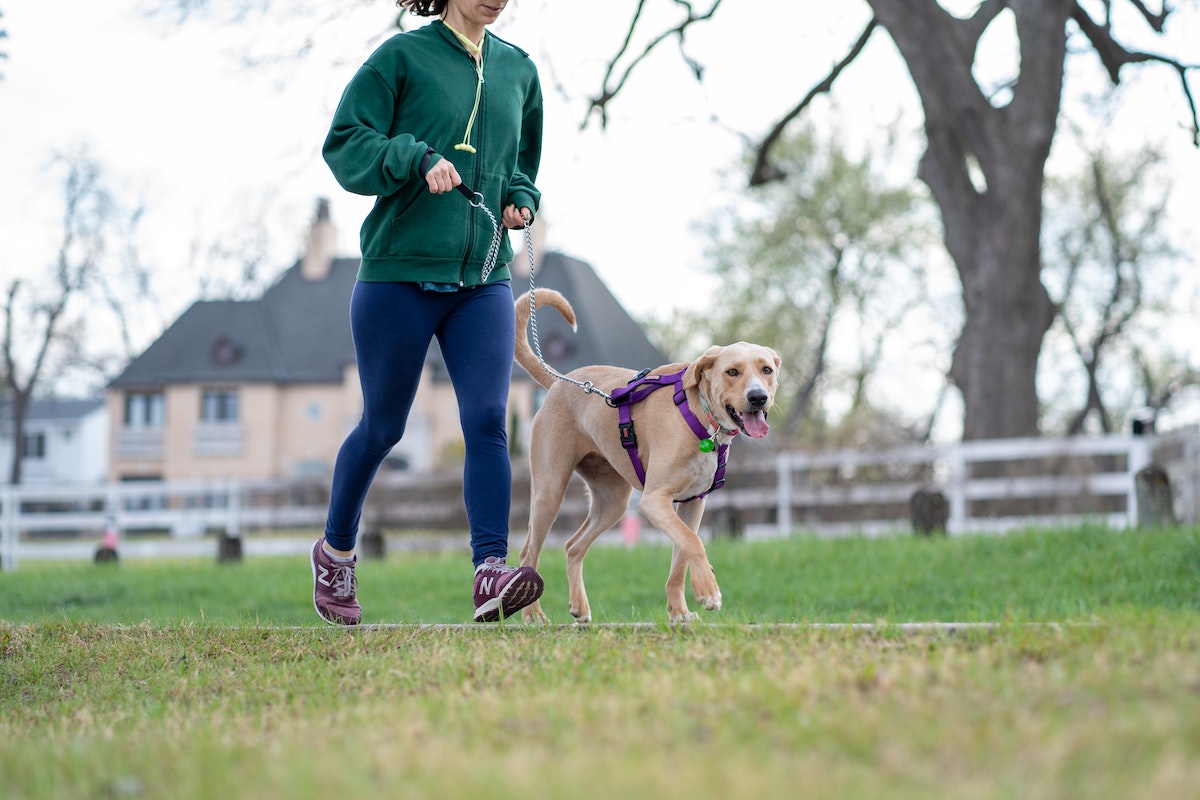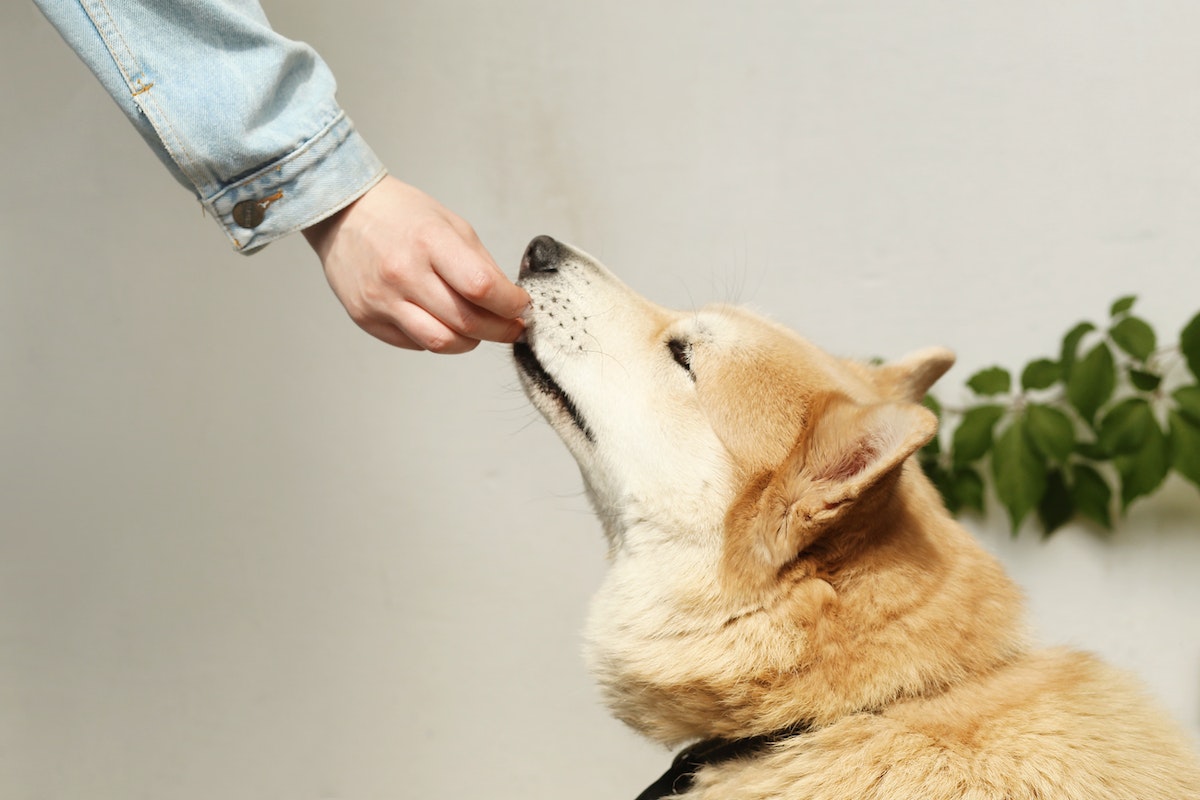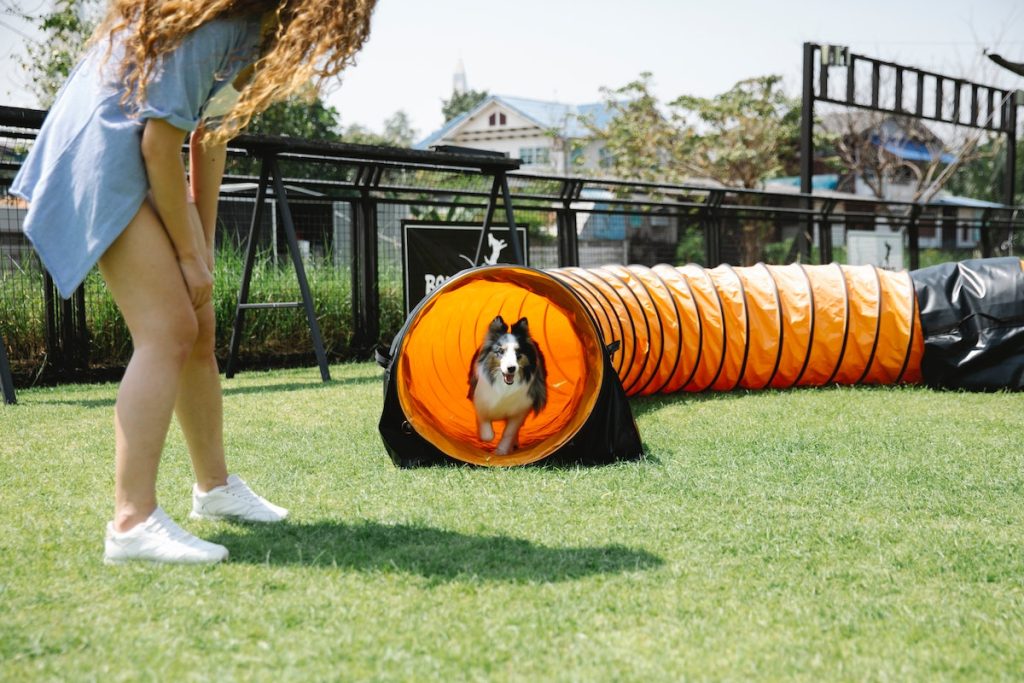Pets offer people many health benefits, from increased opportunities to exercise and socialize to decreased blood pressure and cholesterol levels. They are excellent at managing loneliness and depression by offering their owners companionship when they need it most.
But, when you think of adopting a dog, you should be ready to commit to regular exercise. Not only will it keep your pet healthy and fit, but it can also help build muscle mass in some breeds. Below are some activities you can do with your dog to help them stay active and build muscle.

10 Popular Exercises To Build Muscles For Dogs
While there may not be much research on strengthening your pup’s muscles, the current scientific evidence backs up straightforward approaches for keeping your furry friend healthy and active.
Swimming
Swimming is an excellent exercise for your furry friend! In only 10 minutes, swimming provides your pup with the same physical benefits as a full hour of walking. Furthermore, it calls upon every muscle in their body—especially those front-end muscles that don’t get worked out just from walking—and relieves pressure on joints and bones due to its low-impact nature. This makes swimming especially beneficial for aging canines or dogs recovering from injury.
Weight Pulling
Weight pulling is a legitimate dog sport that you can also use to develop your pup’s muscles and strength. It all starts with getting the right weight-pulling harness, evenly distributing the weight over the body. Start light by having them pull up to 60 feet of added resistance for two minutes before resting and repeating, then gradually increasing in intensity as they become stronger. With consistent conditioning, your four-legged friend will soon be ready for any competition!
Weighted Fetch
With your pup, try a game of fetch using an item with a weight proportionate to its size. This could be something like a small wheelbarrow tire or even something as simple as a plastic dumbbell or water bottle filled with sand or water! Remember that one liter of water is equal to 2.2 lbs for reference when deciding the perfect weight for them!
Aside from muscle-building, playing fetch can also help deal with dog anxiety causes. The game can help release tension and stress, creating an enjoyable experience for you and your pup.
Use Weighted Bands
Weighted bands and vests should only be employed on fully matured canines or at least 12 months old. Even then, begin with minimal intensity. Additionally, the gear must be tailored according to your pup’s weight; at peak conditioning, they are recommended no more than twice a week for up to 15 minutes. These tools should only be worn on some walks as there needs to be more scientific proof that these weighted accessories provide optimal muscle-building outcomes.

Tug of War
Tug-o-war is a favorite game for many dogs, and it can be a great exercise that builds strength. Although some trainers disagree with playing this game as they think it encourages your pup to become dominant, if you’re in charge of the game – meaning giving commands when it’s time to take or release the toy – there should be no issues at all.
Walking on Shallow Water or Sand
You can also bring your dog to the beach and let them walk on sand or shallow water. The exercise is an excellent way to help them get a low-impact workout. Ten minutes of this activity can provide enough resistance for your dog and give its hind legs a great strength-building session. Heading up hills further helps build that extra muscle mass, making today’s walk truly unique!
Stair Climbing
Ascending and descending the stairs offers a double dose of exercise – as you climb, your muscles work to propel you forward, while coming down requires balance and strengthening core stability. Though stair-climbing can be beneficial for many dogs, it is important to consider age, breed, and any back-related conditions before engaging in this activity with your pup.
Doggy Squats
Like a human squat, get your pup to sit and then stand. You can make this easier by rewarding them with treats – if they aren’t standing when you say it, take a step back and offer the treat for encouragement. After some time, increase the intensity of the exercise by donning your pet in an appropriate backpack filled with no more than 10 percent of their body weight.
Spring Pole
If you’re seeking an engaging, interactive game that encourages exercise and natural canine instinct for your pup—look no further than the spring pole. Connecting a sturdy spring to a rope hung from a tree branch or ceiling beam with some lure at its end, this inventive activity allows your furry friend to play tug-of-war even when you’re not around—a popular pastime among many breeds!
Walking Backward
To strengthen the hip extensor muscle in your pup, have them take a few steps backward. Walking backward is not an innate action for dogs. So to teach it, lead them into a narrow space, and instruct them to turn around. This should help with their agility as well as develop better motor skills! You should also do this in dog-friendly zones at home to avoid untoward incidents.
Exercising your dog is an integral part of keeping them healthy and fit. Exercise helps keep their weight in check and builds muscle mass, increasing strength and agility. With various exercises to choose from, you can find the perfect routine for your pup! Remember that consistency is critical when it comes to developing muscles. Additionally, always consult with a veterinarian before beginning any new fitness program so they can assess if any underlying health concerns need addressing first.
Frequently Asked Question

What can I feed my dog to gain muscle?
To ensure your canine grows strong and healthy muscles, provide them with a protein-rich diet rich in vitamins, minerals, and essential fatty acids. High-quality dog food is specially designed to support this goal of muscle growth in dogs.
What dog breeds can easily build muscles?
Some dog breeds can build muscle faster than others, such as American Staffordshire Terriers, American Bully, Doberman Pinschers, and Rottweilers. Boxers and American Pit Bull Terriers also have this ability, likely due to their athletic or working dog heritage.
How can I make my dog’s back legs stronger?
Regular walks are an excellent option for optimal leg and back strength in your dog. Remember to keep these short, though – while long strolls may seem beneficial, they could prove counterproductive if done too frequently or for extended lengths of time. You can also consider taking your dog swimming or doing simple stretching exercises with its hind legs!
How often should your dog go for a walk?
To promote a healthy and active lifestyle, the Humane Society of the United States encourages owners to take their furry friends on two walks per day.

